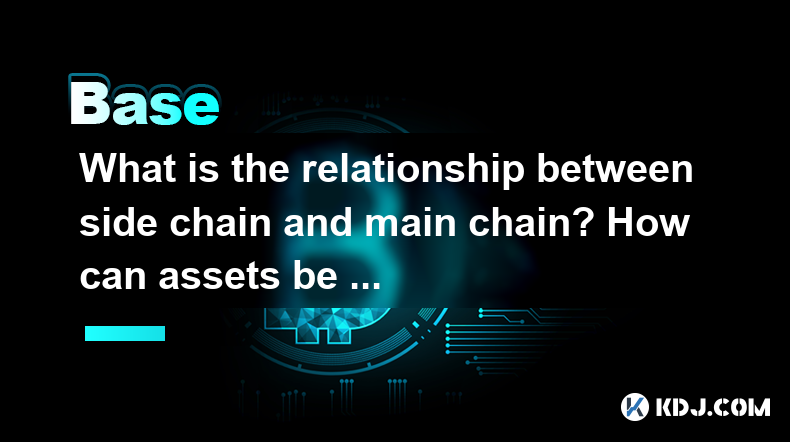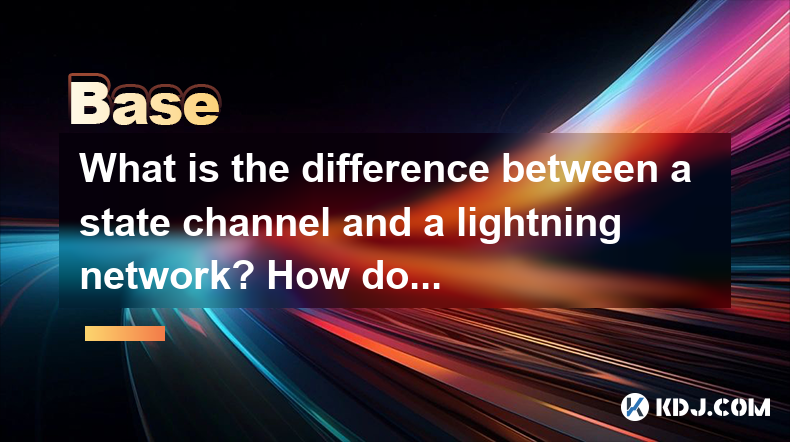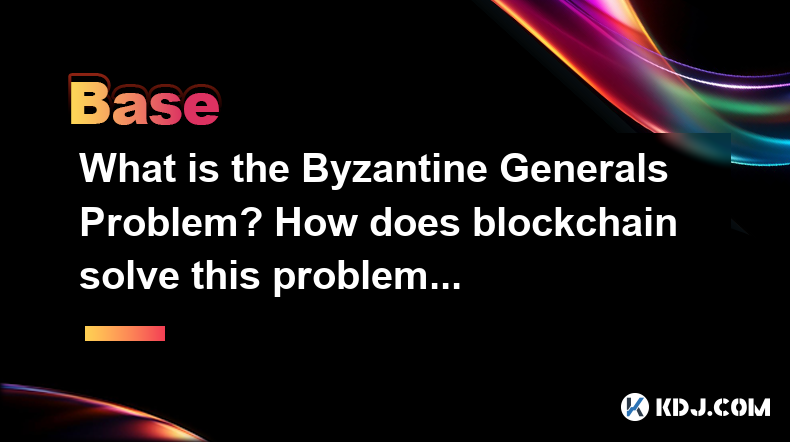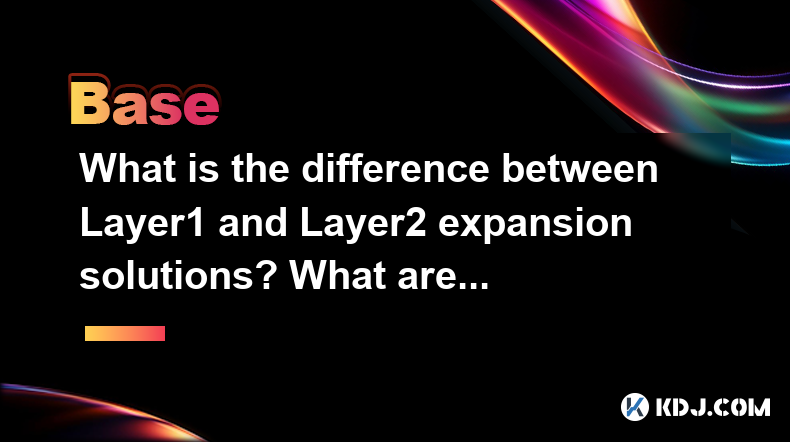-
 Bitcoin
Bitcoin $82,979.0091
-1.33% -
 Ethereum
Ethereum $1,792.6370
-1.62% -
 Tether USDt
Tether USDt $0.9996
-0.01% -
 XRP
XRP $2.1282
-0.58% -
 BNB
BNB $591.0772
-1.27% -
 Solana
Solana $119.1306
-3.53% -
 USDC
USDC $1.0000
0.00% -
 Dogecoin
Dogecoin $0.1677
-2.64% -
 Cardano
Cardano $0.6484
-2.38% -
 TRON
TRON $0.2374
-0.44% -
 UNUS SED LEO
UNUS SED LEO $9.0535
-5.03% -
 Chainlink
Chainlink $12.6507
-2.79% -
 Toncoin
Toncoin $3.2471
-4.64% -
 Stellar
Stellar $0.2503
-3.92% -
 Avalanche
Avalanche $17.7365
-2.96% -
 Shiba Inu
Shiba Inu $0.0...01227
-0.41% -
 Sui
Sui $2.1916
-3.91% -
 Hedera
Hedera $0.1610
-2.17% -
 Litecoin
Litecoin $82.0289
-3.07% -
 Polkadot
Polkadot $3.9288
-2.99% -
 MANTRA
MANTRA $6.2560
-0.24% -
 Bitcoin Cash
Bitcoin Cash $299.8527
-0.94% -
 Dai
Dai $1.0001
0.01% -
 Bitget Token
Bitget Token $4.4388
-2.11% -
 Ethena USDe
Ethena USDe $0.9991
0.00% -
 Pi
Pi $0.5815
10.93% -
 Hyperliquid
Hyperliquid $11.7918
-3.90% -
 Monero
Monero $212.2254
-2.50% -
 Uniswap
Uniswap $5.7927
-2.67% -
 OKB
OKB $51.8813
5.71%
What is the relationship between side chain and main chain? How can assets be transferred between the two securely?
Side chains enhance blockchain scalability and privacy by linking to main chains via a two-way peg, allowing secure asset transfers and independent operation.
Apr 05, 2025 at 07:00 pm

The relationship between side chains and main chains is a fundamental concept in blockchain technology that enables enhanced scalability, privacy, and functionality. Side chains are separate blockchains that are linked to a main chain—typically a well-established blockchain like Bitcoin or Ethereum. This connection allows assets to be transferred between the main chain and the side chain, thereby enabling the side chain to benefit from the security and stability of the main chain while also providing additional features that may not be available on the main chain.
The Technical Relationship Between Side Chains and Main Chains
The technical relationship between side chains and main chains is based on a two-way peg mechanism. This mechanism ensures that assets can be securely locked on the main chain and then transferred to the side chain, where they can be used. Conversely, assets on the side chain can be returned to the main chain. The two-way peg is crucial because it maintains the integrity and value of the assets across both chains.
To establish this connection, a side chain typically uses a federation or a smart contract on the main chain to manage the locking and unlocking of assets. A federation is a group of trusted entities that oversee the transfer process, while a smart contract is an automated program that executes the transfer based on predefined rules. Both methods ensure that the assets remain secure and that the transfer process is transparent and verifiable.
Security Measures for Asset Transfers
Security is a paramount concern when transferring assets between side chains and main chains. Several measures are in place to ensure that these transfers are secure and that the assets are protected against theft or loss.
Multi-signature Wallets: These require multiple signatures to authorize a transaction, adding an extra layer of security. For example, a transfer from the main chain to the side chain might require signatures from multiple members of a federation.
Time-locked Transactions: These are transactions that are set to execute after a certain period. If something goes wrong during the transfer, users have a window of time to cancel the transaction and recover their assets.
Proof of Stake (PoS) or Proof of Authority (PoA) Consensus Mechanisms: Side chains often use these consensus mechanisms to validate transactions. These are considered more energy-efficient and can provide faster transaction times compared to Proof of Work (PoW) used by many main chains.
Step-by-Step Guide to Transferring Assets from Main Chain to Side Chain
Transferring assets from a main chain to a side chain involves several detailed steps. Below is a comprehensive guide on how to perform this transfer securely:
Prepare the Main Chain Wallet: Ensure you have a wallet that supports the main chain cryptocurrency you want to transfer. For instance, if you are transferring Bitcoin to a side chain, you need a Bitcoin wallet.
Lock the Assets on the Main Chain: Use the wallet to send your assets to a specific address on the main chain that is designated for the side chain. This address is usually managed by a federation or a smart contract.
Wait for Confirmation: The transaction needs to be confirmed on the main chain. The number of confirmations required may vary depending on the specific side chain protocol.
Initiate the Transfer on the Side Chain: Once the transaction is confirmed on the main chain, you can initiate the transfer on the side chain. This is typically done through a side chain wallet or interface provided by the side chain network.
Receive the Assets on the Side Chain: After the transfer process is complete, the equivalent amount of assets will be available on the side chain. You can now use these assets within the side chain ecosystem.
Step-by-Step Guide to Transferring Assets from Side Chain to Main Chain
Transferring assets back from a side chain to a main chain is equally important and involves its own set of steps:
Prepare the Side Chain Wallet: Ensure you have a wallet that supports the side chain cryptocurrency you want to transfer back to the main chain.
Initiate the Transfer on the Side Chain: Use the side chain wallet to send your assets to a specific address on the side chain that is designated for returning assets to the main chain.
Wait for Confirmation: The transaction needs to be confirmed on the side chain. The number of confirmations required may vary depending on the specific side chain protocol.
Unlock the Assets on the Main Chain: Once the transaction is confirmed on the side chain, the equivalent amount of assets will be unlocked on the main chain. This process is managed by the federation or smart contract that oversees the two-way peg.
Receive the Assets on the Main Chain: After the assets are unlocked, they will be available in your main chain wallet. You can now use these assets within the main chain ecosystem.
Use Cases and Benefits of Side Chains
Side chains offer numerous benefits and use cases that enhance the functionality of blockchain networks. Scalability is one of the primary advantages, as side chains can process transactions more quickly and at a lower cost than the main chain. This is particularly useful for applications that require high transaction throughput, such as gaming or decentralized finance (DeFi) platforms.
Privacy is another significant benefit. Side chains can implement different privacy protocols that may not be available on the main chain, allowing users to conduct transactions with greater anonymity. For example, a side chain might use zero-knowledge proofs to enable private transactions.
Interoperability is also enhanced through side chains. They can serve as bridges between different blockchain networks, allowing assets and data to be transferred between otherwise incompatible systems. This is crucial for the development of a more interconnected blockchain ecosystem.
Challenges and Considerations
While side chains offer many advantages, there are also challenges and considerations that need to be addressed. Security remains a critical concern, as the side chain's security is often dependent on the main chain and the mechanisms used for asset transfers. Any vulnerability in the two-way peg or the consensus mechanism of the side chain could potentially be exploited.
Centralization is another issue, particularly with side chains that use a federation to manage asset transfers. If the federation is not sufficiently decentralized, it could become a single point of failure or a target for attacks.
User Experience is also important. The process of transferring assets between the main chain and side chain should be as seamless and user-friendly as possible. Complex procedures or high fees could deter users from utilizing side chains.
Frequently Asked Questions
Q: Can side chains operate independently of the main chain?
A: While side chains are connected to the main chain through a two-way peg, they can operate independently in terms of their consensus mechanisms, transaction processing, and additional features. However, their security and the ability to transfer assets back to the main chain depend on the main chain.
Q: What happens if the side chain experiences a security breach?
A: In the event of a security breach on the side chain, the assets locked on the main chain should remain secure. However, the assets on the side chain could be at risk. The specific response would depend on the side chain's governance and the nature of the breach.
Q: Are there any fees associated with transferring assets between the main chain and side chain?
A: Yes, there are typically fees associated with transferring assets between the main chain and side chain. These fees can vary depending on the specific side chain protocol and the method used for the transfer. Users should be aware of these fees and factor them into their decision-making process.
Q: Can side chains be used for testing new blockchain features?
A: Yes, side chains are often used for testing new blockchain features and applications. They provide a safe environment to experiment with new technologies without risking the stability and security of the main chain.
Disclaimer:info@kdj.com
The information provided is not trading advice. kdj.com does not assume any responsibility for any investments made based on the information provided in this article. Cryptocurrencies are highly volatile and it is highly recommended that you invest with caution after thorough research!
If you believe that the content used on this website infringes your copyright, please contact us immediately (info@kdj.com) and we will delete it promptly.
- MemWallet Simplifies Meme Coin Trading, Bridging the Gap Between Everyday Users and the Fast-Moving World of Meme Coins
- 2025-04-06 06:40:12
- Hut 8's (HUT) new subsidiary, American Bitcoin Corp., a partnership between the mining company and the Trump family, could be spun out
- 2025-04-06 06:40:12
- Coinbase Records Its Worst Quarter Since FTX Collapse, Posting a 30% Plunge
- 2025-04-06 06:36:22
- FanDuel Sportsbook Has Promos for the 2025 Men's College Basketball Tournament
- 2025-04-06 06:30:12
- Grayscale Investments Is Launching a New Exchange-Traded Fund (ETF)
- 2025-04-06 06:30:12
- Bitcoin (BTC) Volatility Has Risen, Price Fluctuating Within a Huge Range
- 2025-04-06 06:25:12
Related knowledge

What is the difference between a state channel and a lightning network? How do they improve transaction efficiency?
Apr 05,2025 at 05:21pm
State channels and the Lightning Network are two significant technologies within the cryptocurrency ecosystem aimed at improving transaction efficiency on blockchain networks. Both solutions address the scalability issues of blockchain systems, particularly in handling a high volume of transactions quickly and with low fees. However, they operate differ...

Why is the oracle called the bridge between blockchain and the real world?
Apr 04,2025 at 04:00am
The concept of an oracle in the cryptocurrency and blockchain world is crucial for understanding how these decentralized systems interact with external data. The oracle is often referred to as the bridge between blockchain and the real world because it serves as a vital intermediary that fetches, verifies, and transmits off-chain data to the on-chain en...

What is the Byzantine Generals Problem? How does blockchain solve this problem?
Apr 05,2025 at 06:29am
The Byzantine Generals Problem is a classic problem in the field of distributed computing and computer science, which has significant implications for the reliability and security of decentralized systems, including blockchain technology. This problem is named after a hypothetical scenario involving several generals of the Byzantine army who must coordi...

What role does the Merkle tree play in the blockchain? Why can it verify data integrity?
Apr 04,2025 at 01:29pm
The Merkle tree plays a crucial role in the blockchain, primarily due to its ability to efficiently and securely verify data integrity. This article will delve into the structure of a Merkle tree, its implementation in blockchain, and how it ensures the integrity of data. Understanding the Structure of a Merkle TreeA Merkle tree, also known as a hash tr...

What is the difference between Layer1 and Layer2 expansion solutions? What are their advantages and disadvantages?
Apr 05,2025 at 12:49pm
In the world of cryptocurrencies and blockchain technology, scalability is a critical issue that developers and users alike grapple with. To address this, the industry has developed various solutions, primarily categorized into Layer1 and Layer2 expansion solutions. Understanding the differences between these two approaches, along with their respective ...

What is the relationship between side chain and main chain? How can assets be transferred between the two securely?
Apr 05,2025 at 07:00pm
The relationship between side chains and main chains is a fundamental concept in blockchain technology that enables enhanced scalability, privacy, and functionality. Side chains are separate blockchains that are linked to a main chain—typically a well-established blockchain like Bitcoin or Ethereum. This connection allows assets to be transferred betwee...

What is the difference between a state channel and a lightning network? How do they improve transaction efficiency?
Apr 05,2025 at 05:21pm
State channels and the Lightning Network are two significant technologies within the cryptocurrency ecosystem aimed at improving transaction efficiency on blockchain networks. Both solutions address the scalability issues of blockchain systems, particularly in handling a high volume of transactions quickly and with low fees. However, they operate differ...

Why is the oracle called the bridge between blockchain and the real world?
Apr 04,2025 at 04:00am
The concept of an oracle in the cryptocurrency and blockchain world is crucial for understanding how these decentralized systems interact with external data. The oracle is often referred to as the bridge between blockchain and the real world because it serves as a vital intermediary that fetches, verifies, and transmits off-chain data to the on-chain en...

What is the Byzantine Generals Problem? How does blockchain solve this problem?
Apr 05,2025 at 06:29am
The Byzantine Generals Problem is a classic problem in the field of distributed computing and computer science, which has significant implications for the reliability and security of decentralized systems, including blockchain technology. This problem is named after a hypothetical scenario involving several generals of the Byzantine army who must coordi...

What role does the Merkle tree play in the blockchain? Why can it verify data integrity?
Apr 04,2025 at 01:29pm
The Merkle tree plays a crucial role in the blockchain, primarily due to its ability to efficiently and securely verify data integrity. This article will delve into the structure of a Merkle tree, its implementation in blockchain, and how it ensures the integrity of data. Understanding the Structure of a Merkle TreeA Merkle tree, also known as a hash tr...

What is the difference between Layer1 and Layer2 expansion solutions? What are their advantages and disadvantages?
Apr 05,2025 at 12:49pm
In the world of cryptocurrencies and blockchain technology, scalability is a critical issue that developers and users alike grapple with. To address this, the industry has developed various solutions, primarily categorized into Layer1 and Layer2 expansion solutions. Understanding the differences between these two approaches, along with their respective ...

What is the relationship between side chain and main chain? How can assets be transferred between the two securely?
Apr 05,2025 at 07:00pm
The relationship between side chains and main chains is a fundamental concept in blockchain technology that enables enhanced scalability, privacy, and functionality. Side chains are separate blockchains that are linked to a main chain—typically a well-established blockchain like Bitcoin or Ethereum. This connection allows assets to be transferred betwee...
See all articles





















































































